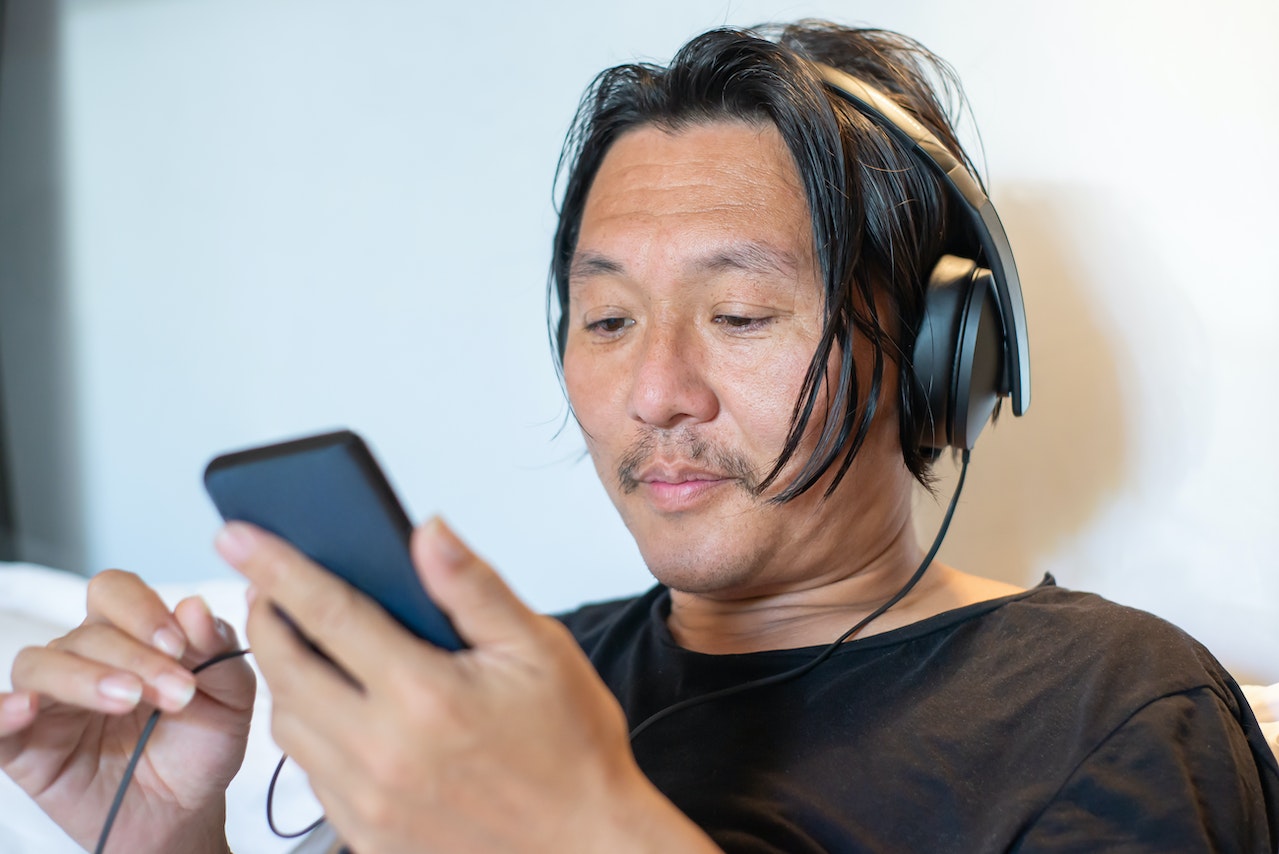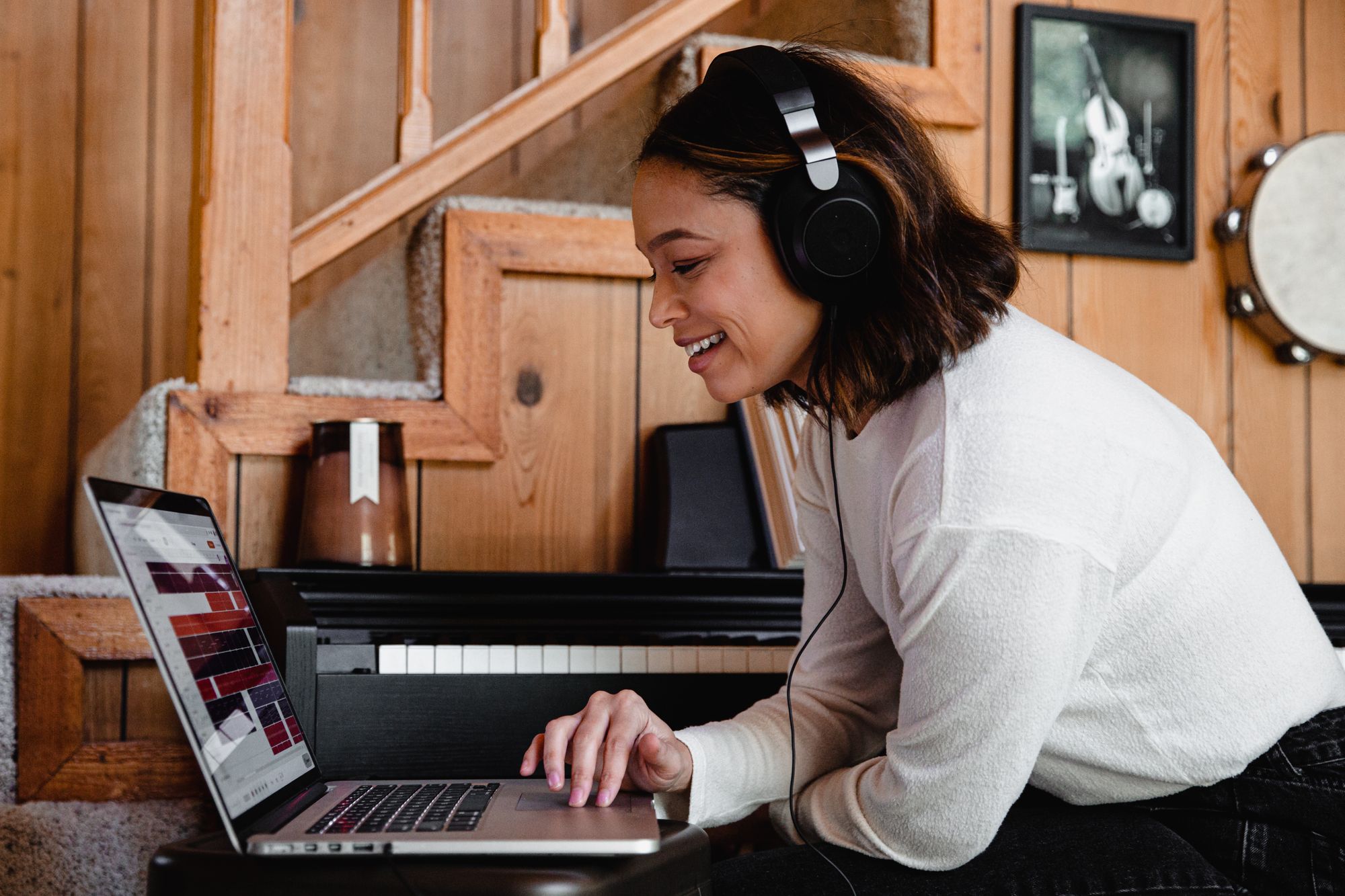Essentials
Podcasting Essentials
Related articles:
You did it: you landed the perfect guest or scored the perfect interview. You’ve done the research and you’ve prepped everything you can to be mentally ready. Now you have to actually hit the big red button and record the danged thing. I’ve been a journalist for the better part of a decade and have been in plenty of scenarios where that proverbial button just didn’t work for one reason or another and I had to act fast. Like, holding a microphone to my phone like I was pirating music in the 1980s fast.
Your guest has kindly volunteered their time and expertise to make your podcast better, so it’s up to you to make the recording process as painless as possible. Everyone, regardless of how nice they are, has a limited pool of time and patience to expend on your podcast. We’ve got a great piece on how to get started recording podcasts remotely and for best-case scenarios, but what if the person you’re recording with has a disagreeable computer? Let’s talk strategies to be prepared.
Use a browser-based recording.
The market for VOIPs (Voice Over Internet Protocol, a term as old as dial-up that we still use for some reason) aimed at podcasters is growing fast. Zencastr and Cast in particular have made recording with people the world over much easier than the olden days. I haven’t had to do a clap sync in years thanks to sites like this. Counting down from three and having everyone clap at the same time to establish a common start point for audio syncing purposes sounds easy enough until you’re on a call with half-second or more lag and things get wacky. With these newer tools there’s nothing to install and no cost to the person being invited to a room. They just click on a link and tell their browser to allow microphone access. Relatively easy, works relatively well the majority of the time. But we’re here to talk about those handful of times things just refuse to work.
Record locally.
This will always be the end-all be-all safe method to record remotely. There’s a reason why it was the gold standard of podcasting for most of the industry’s lifespan. You have your guest hop in a voice chat with you, record their mic feed using whatever digital audio workspace (DAW) they have at hand (most likely Audacity), then after it’s all done they just have to send the file to you using a file transfer service like Dropbox or Google Drive.
The imperative thing to keep in mind if pursuing this as a potential option is time. If they have an actual Windows or Mac computer and can spare a couple minutes installing Audacity, it’s not a problem. Audacity has a huge record button and automatically detects whatever mic is plugged in to a given PC. Things will probably go fine with even the most technologically-skittish people.
That said, there’s an ever-growing hurdle to consider: the concept of “a laptop” has shifted dramatically over the past decade from being a portable computer to large tablets with keyboards stapled on. It’s possible the only computer in your guest’s house runs a mobile phone operating system and can’t simply install a program that isn’t also an app.
Make it a phone call.
If you’re not too hung up on audio quality, a lot of options open up! Several Android phones I’ve owned in the past had a record button built into the standard Phone app. Google’s virtual phone system Google Voice has a setting that allows users to record phone calls by simply pressing a button while in an ongoing call. If your guest only has a phone to work with it’s as simple as them calling in to the number. The audio won’t be good, but if the audio is going to be edited and transcribed (as it was in my use-cases) this works a treat if you’re trying to talk to someone who only has a phone or whose computer can’t handle something like Zencastr.
Record their feed yourself.
The virtual version of holding a phone up to a microphone is my last line of defense. All you’ll need is a virtual audio mixer (I personally use VoiceMeeter) to pipe the audio coming out of whatever voice chat you’re in through the software into a new virtual output that your DAW will recognize. It’s the software version of holding your phone up to a microphone.
Much like the phone option, the audio isn’t going to be great, but as a last line of defense it’s a strong one. If you can hear your guest, you can record them.
The key to all these strategies is to prepare beforehand and be flexible in the moment. There will always be a moment where something comes up out of nowhere. Now you’ve got some tricks up your sleeve to stave off the ever-dreaded sentence “why don’t we reschedule?”
Gavin Gaddis is a freelance journalist and podcaster. They've worked as a media critic in various positions since 2011. You can find them on Twitter or at The Pod Report.

